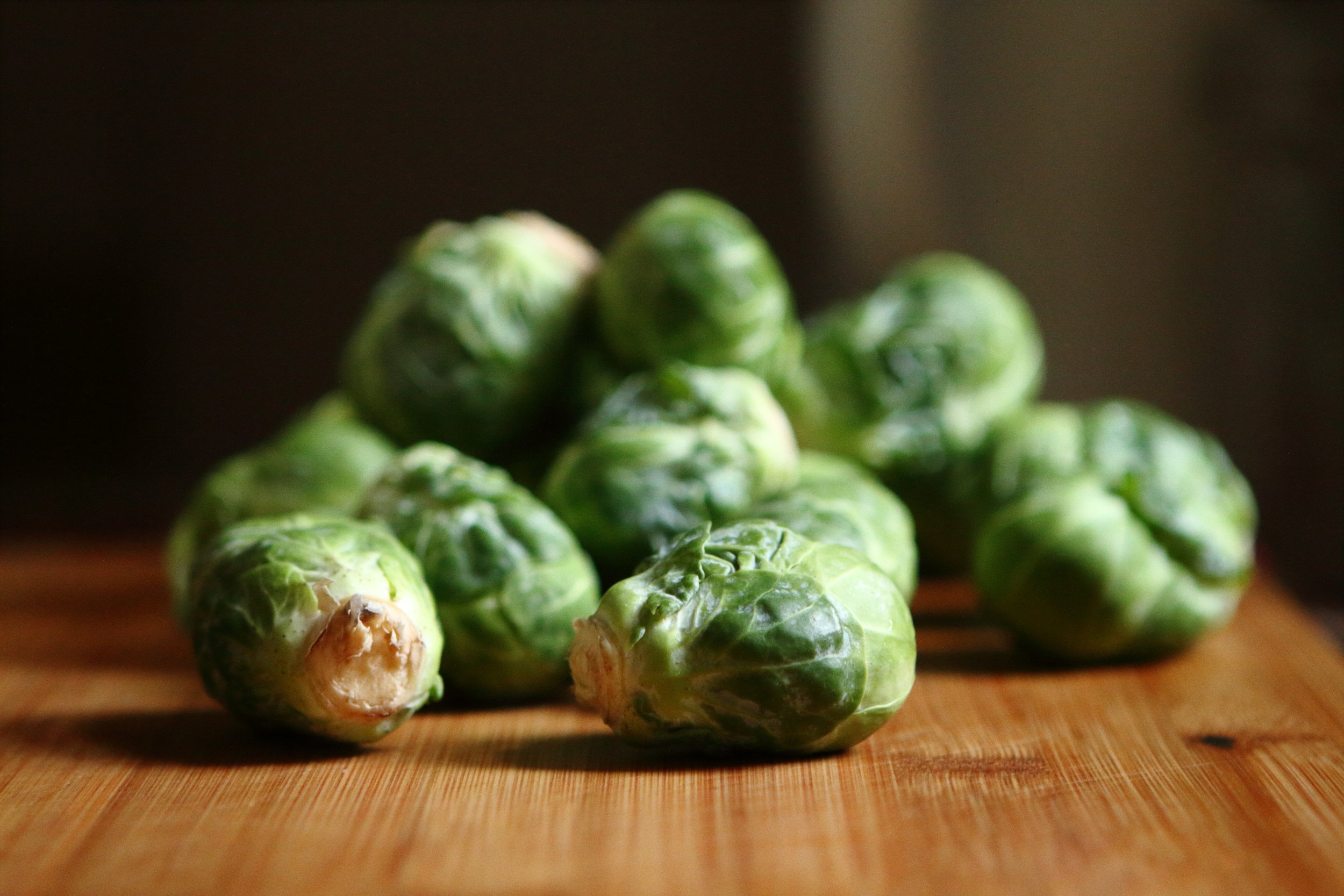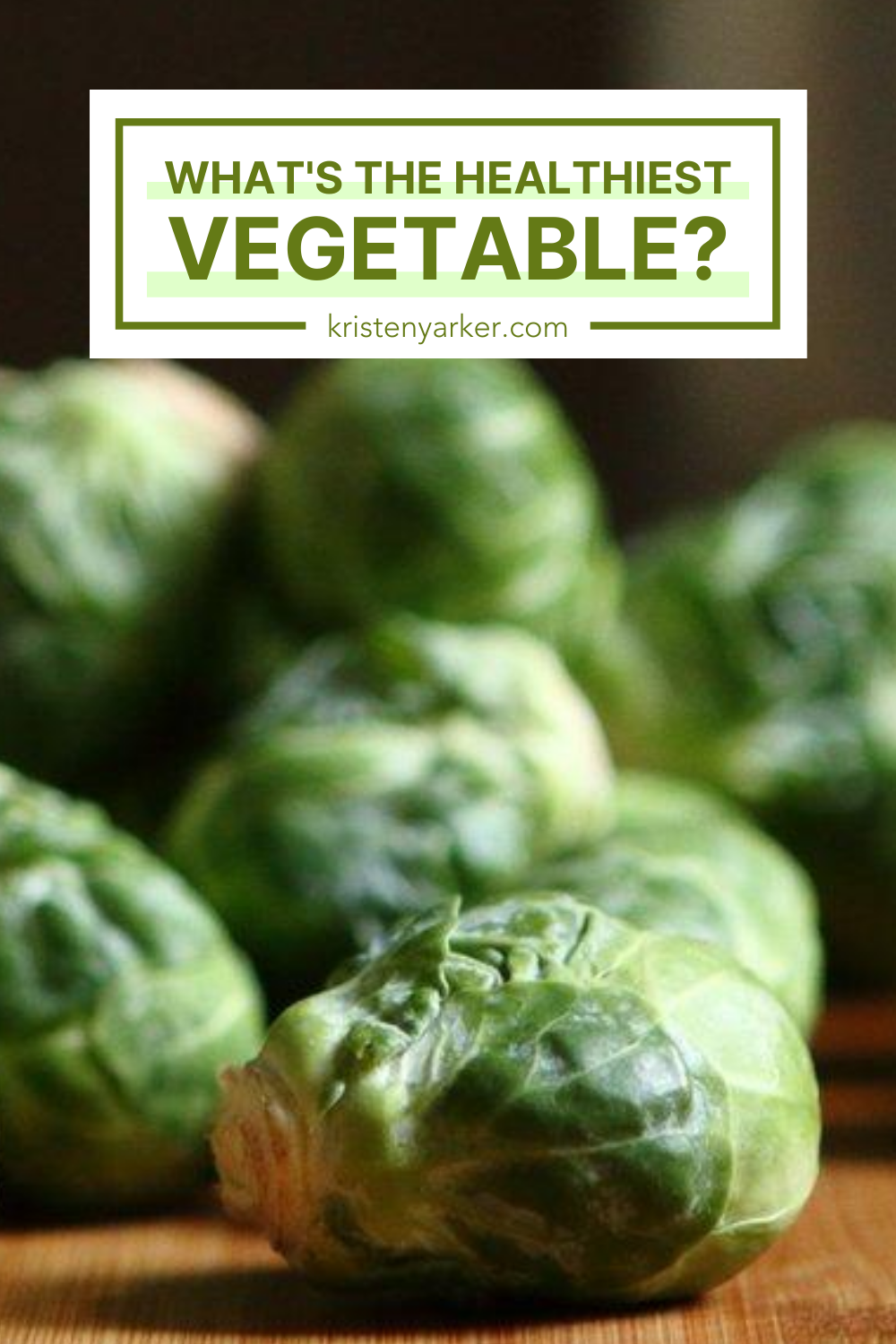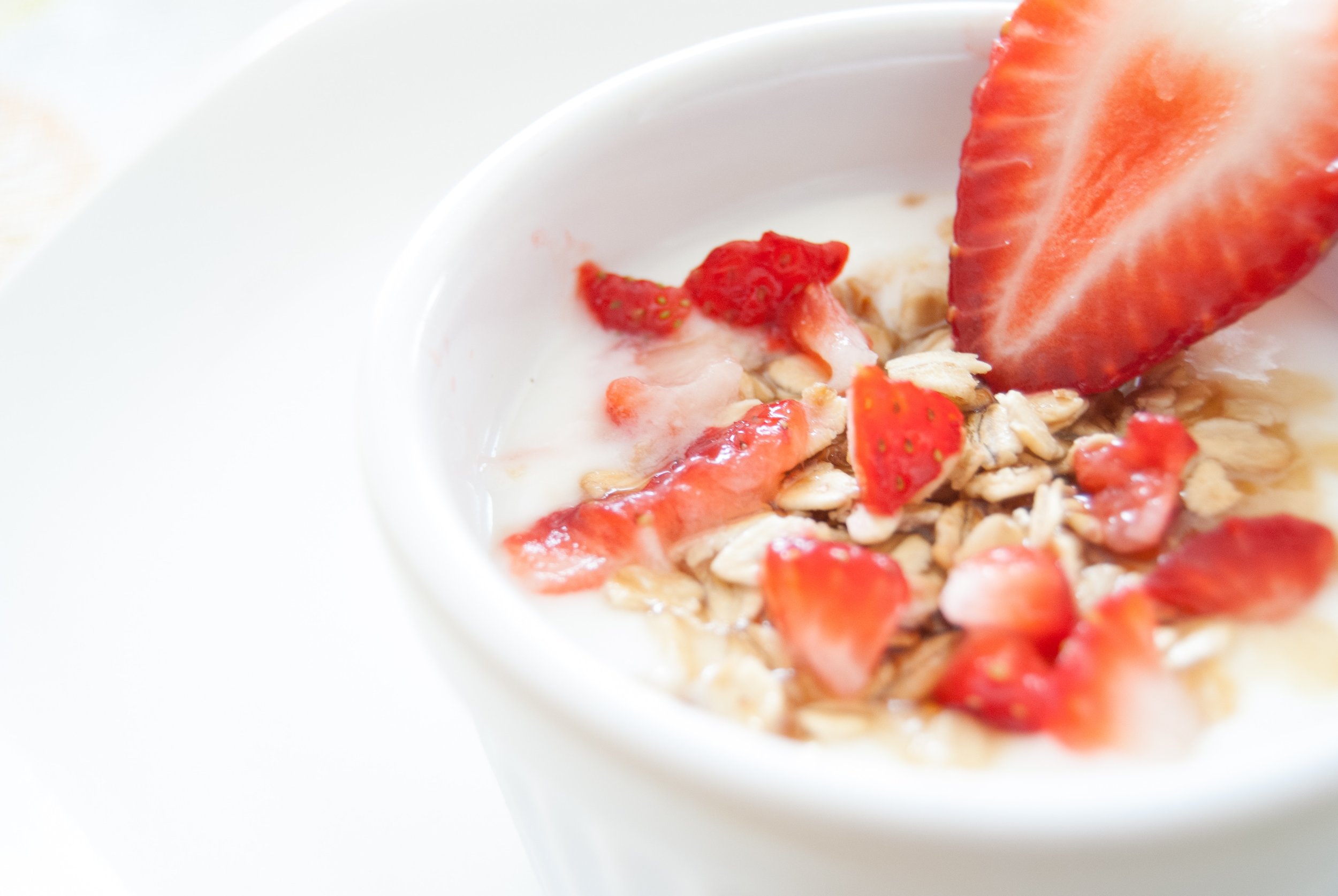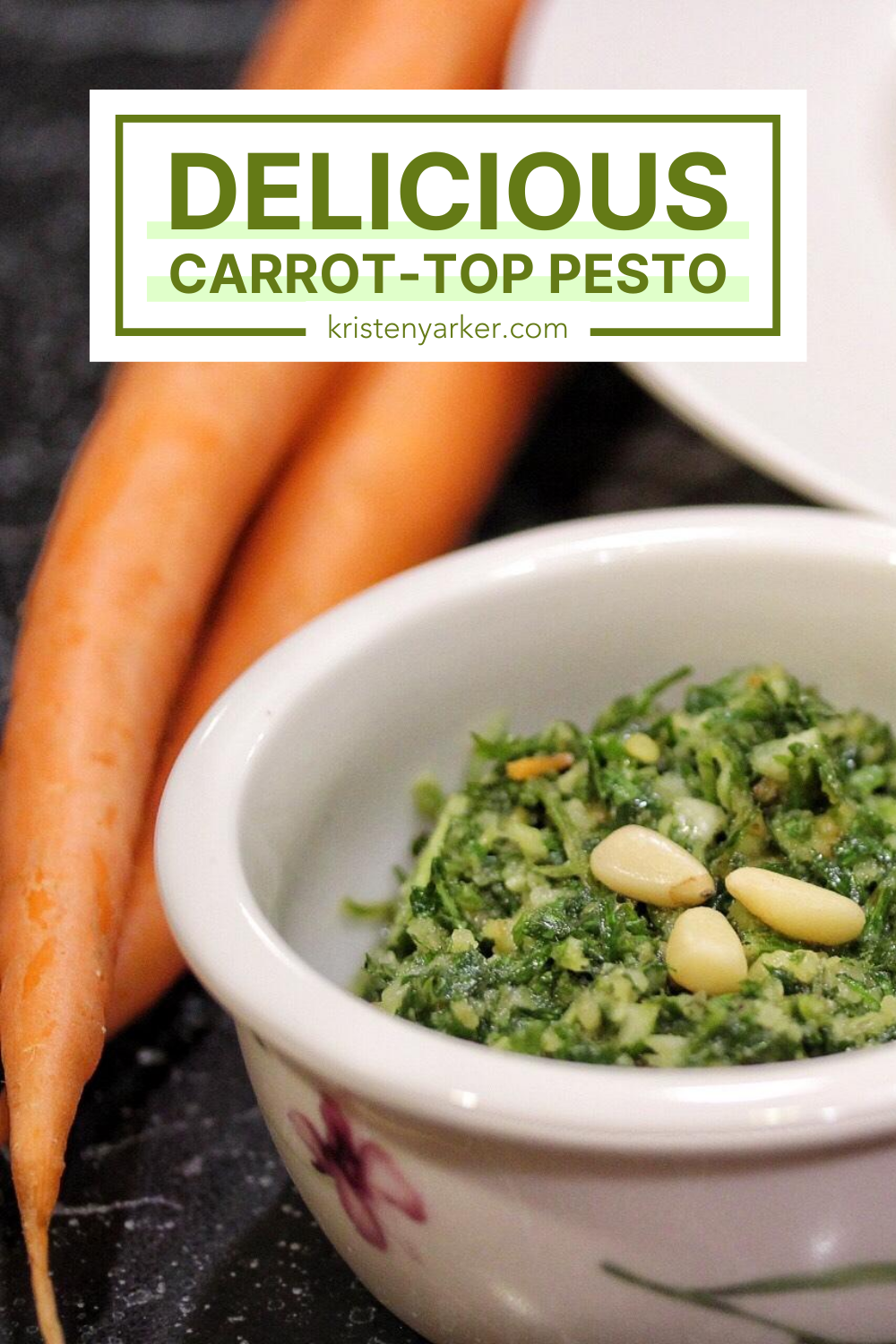Food Allergy and Hay Fever. Oral Allergy Syndrome
/Yay, Spring is finally here! Full of all sorts of good things, like more daylight and cherry blossoms. But, if you’re like me, there is a downside to Spring’s arrival: hay fever. Did you know that there are foods that can make hay fever worse? There are two main ways that food allergy happens in hay fever sufferers: Oral Allergy Syndrome and histamine-containing foods. In this post I’ll share all about Oral allergy Syndrome. In my next post I’ll cover histamine foods.
Note: The advice that I’m about to share is intended for information purposes. Food allergies and sensitivities aren’t something to casually play around with. If an Allergist (allergy specialist doctor) has given you individual advice, follow their advice. I’m also happy to work one-on-one with you to create an individual plan.
In Oral Allergy Syndrome (OAS), you feel a tingling in your mouth when you eat these foods. Some people will get swelling of their lips and tongue. Some people even break out into blisters in their mouth. You will experience the reaction within minutes of eating the food – up to 30 minutes later. So, it’s an immediate reaction, localized to your mouth/throat. You may notice this sensation any time of the year. Or you may only get it during the time of year when you’re breathing in the pollen from the plants/ trees to which you are allergic.
What’s happening in your body during hay fever is that you are breathing in the pollen from the plant. Your immune system is reacting to the proteins in that pollen to stimulate the symptoms that all we hay fever suffers know well – itchy watery eyes, sneezing, runny nose, even hives and skin rash.
In OAS, the foods happen to contain proteins that are similar in shape to those pollen proteins. So your body confuses the two and reacts to the foods’ proteins. OAS is really a cross-reaction.
The good news is that it seems to be eating just the raw foods that cause OAS. When we cook food it changes the shape of the proteins and there is no more cross-reaction.
So, what foods cross-react? It depends on the plant/tree to which you are allergic.
Hay fever to birch trees, mugwort (a weed), grass, or Timothy grass? Avoid these foods (raw):
Apple
Apricot
Cherry
Kiwi
Melon
Nectarine
Orange
Peach
Pear
Plum
Prune
Watermelon
Beans
Lentils
Peanut
Peas
Soy
Rye
Almond
Chestnut
Hazelnut
Walnut
Caraway seed
Poppy seed
Sesame seed
Sunflower seed
Anise (fennel)
Asparagus
Cabbage
Carrot
Celery
Cilantro (coriander)
Cumin
Dill
Green pepper
Parsley
Potato
Tomato
Cucumber
Zucchini
Hay fever to ragweed? Avoid these foods (raw):
Banana
Cantaloupe
Honeydew
Melon
Peach
Watermelon
Cucumber
Zucchini
Note that you should only avoid the foods that cause a reaction in you. Just because a food is on the list, does not guarantee that you will have a reaction to it. If you don’t have a reaction to a food that’s on the list, lucky you! Feel free to continue eating it.
Not sure which food is causing you symptoms? Contact me to work one-on-one. Let's create an individual food allergy plan for you.
Photo credit: Chloe Ridgway on Unsplash
Love this post?
Pin it!
Save this post for later or share it with your friends and family on Pinterest.
Check out more of Kristen’s pins here.


































